Hampton Bay Mena 54 in. White Color Changing Integrated LED Indoor/Outdoor Matte Black Ceiling Fan with Light Kit and Remote Control
Select warm white, soft white or daylight color temperature. QuickInstall ABS blades perfect for covered outdoor settings. Integrated dimmable LED is maintenance free, no bulbs to replace.
Add a touch of modern elegance to your living spaces with the 54 in. Mena ceiling fan by Hampton Bay. This versatile fan is damp rated, making it perfect for covered outdoor locations like porches and patios, and it looks great indoors as well. The powerful 21.5-Watt integrated LED light kit is dimmable and also allows you to choose between 3 different light temperature settings – warm white, soft white, or-daylight. Installation is a breeze with QuickFit installation features like a slide-on mounting bracket, magnetic light kit with pre-attached shade, and Quick Install blades.
- Integrated dimmable 21.5-Watt LED module with color changing technology
- Choose from 2700K, 3,000K or 5,000K light output settings
- QuickFit installs 50% faster compared to traditional fans
- Quick install magnetic light kit attaches in-seconds
- Modern styling with matte black finish and 5 matte black blades
- Quick install ABS blades attach in-seconds with no screws necessary
- Shatter resistant frosted white plastic shade
- Convenient remote control included
- Powerful 3-speed reversible motor
- Easy receiver plug wire harness quickly connects fan to remote receiver
- Dual-mount fan can be installed on flat or angled ceiling (with extension downrod sold separately)
- Damp rated for use in covered outdoor locations like porches and patios
- Lifetime motor warranty
- Finishes shown are representative of the item. Actual finish may vary slightly.
Additional information
| Dimensions | H 16.80 in, W 54.00 in, D 54.00 in |
|---|---|
| Downrod Length (in.) | 6 |
| Fan Blade Length (In.) | 25.23 |
| Fan Blade Span (in.) | 54 |
| Fan Blade Width (In.) | 5.25 |
| Certifications and Listings | FCC Listed, UL Listed |
| Manufacturer Warranty | Lifetime Motor Warranty |

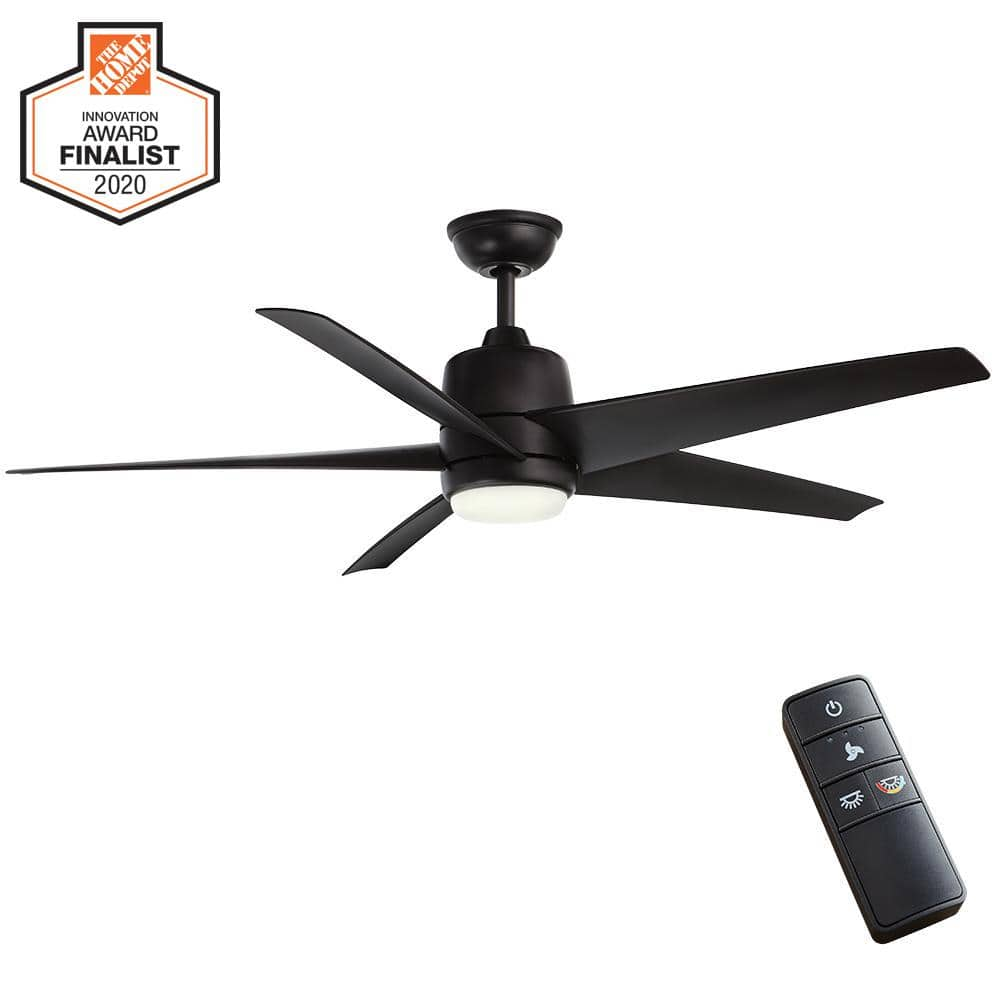
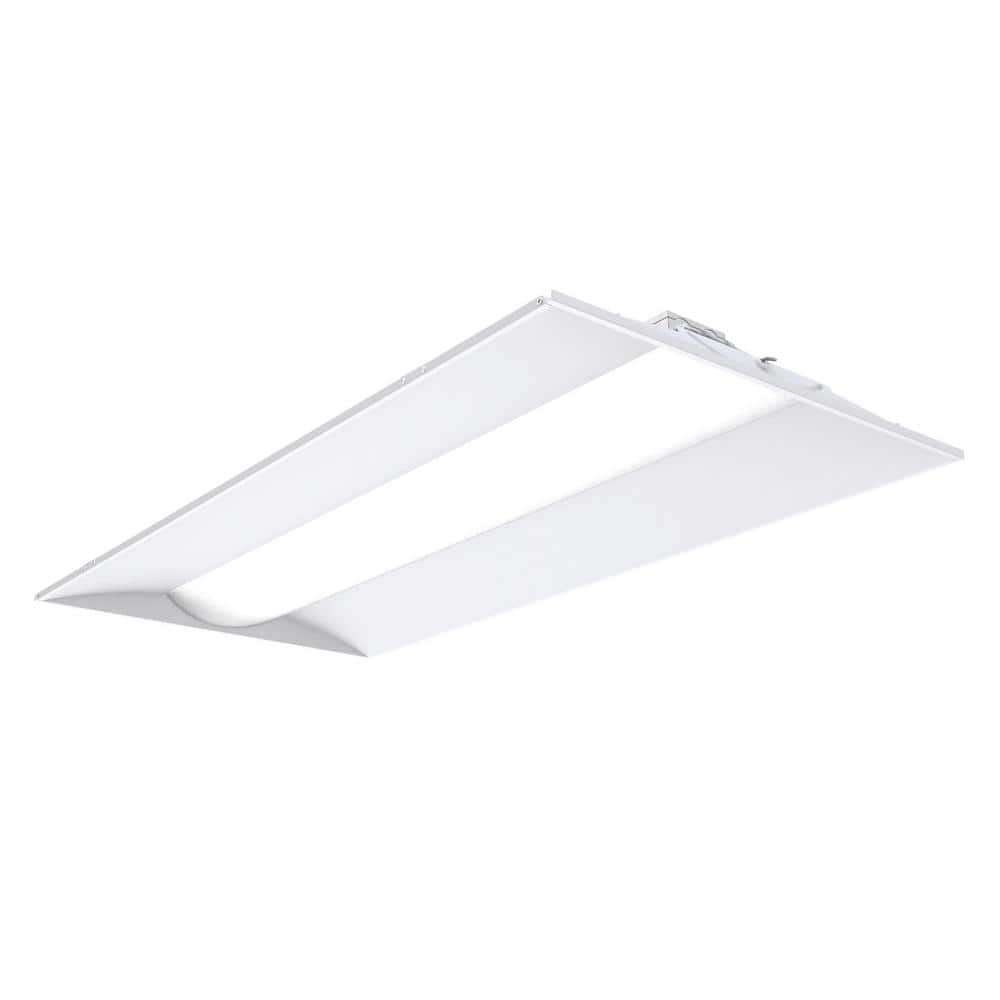
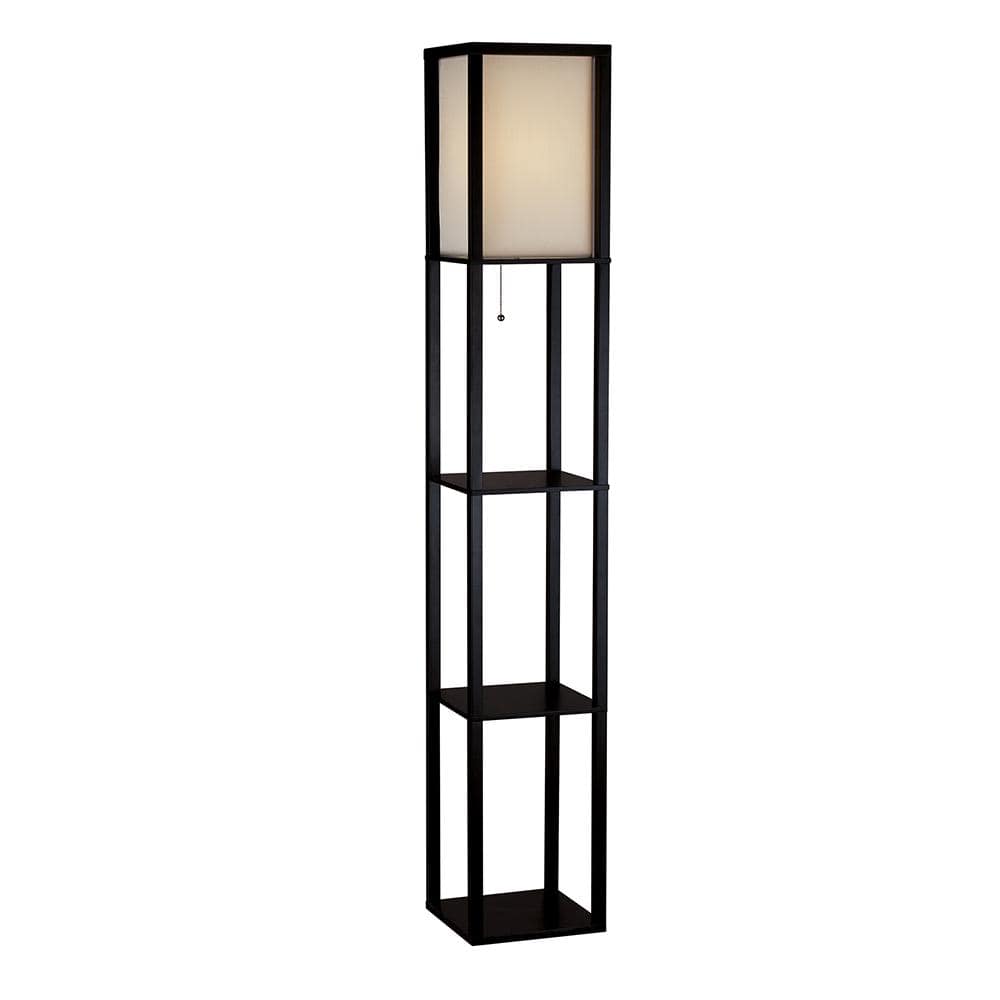
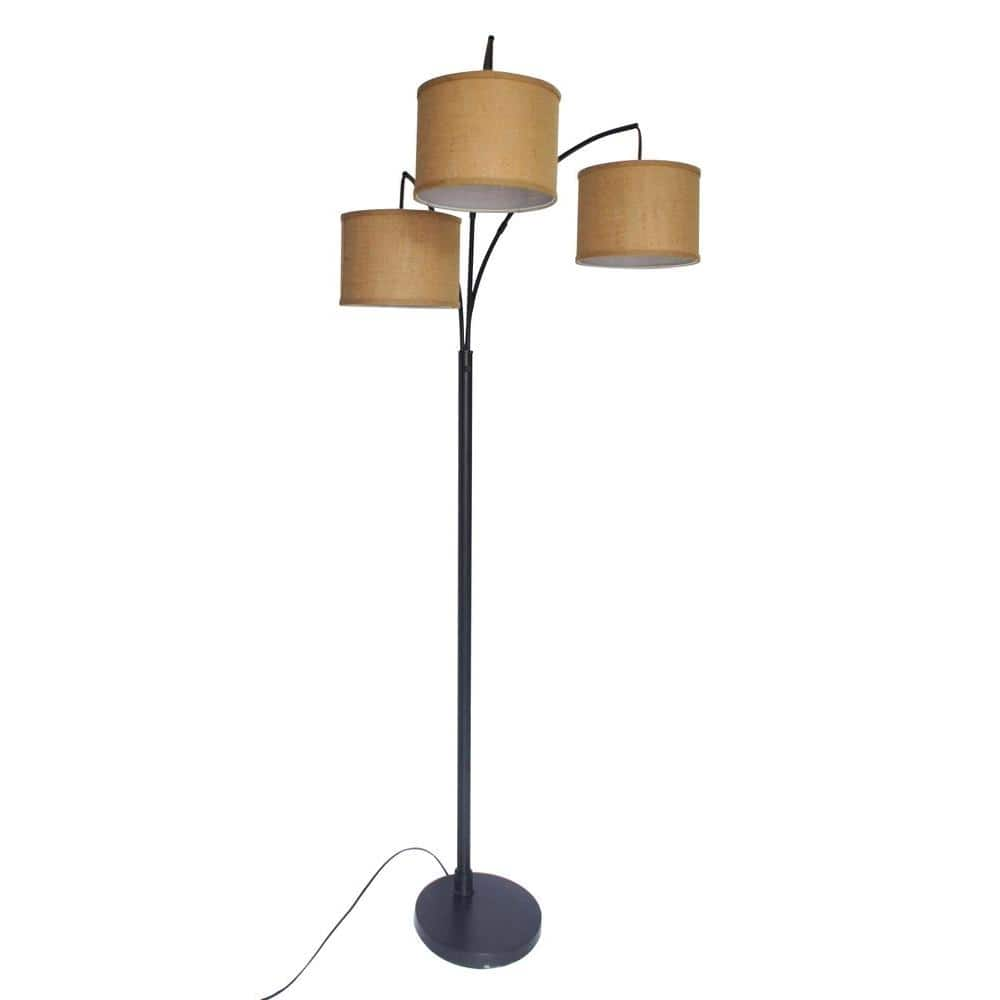
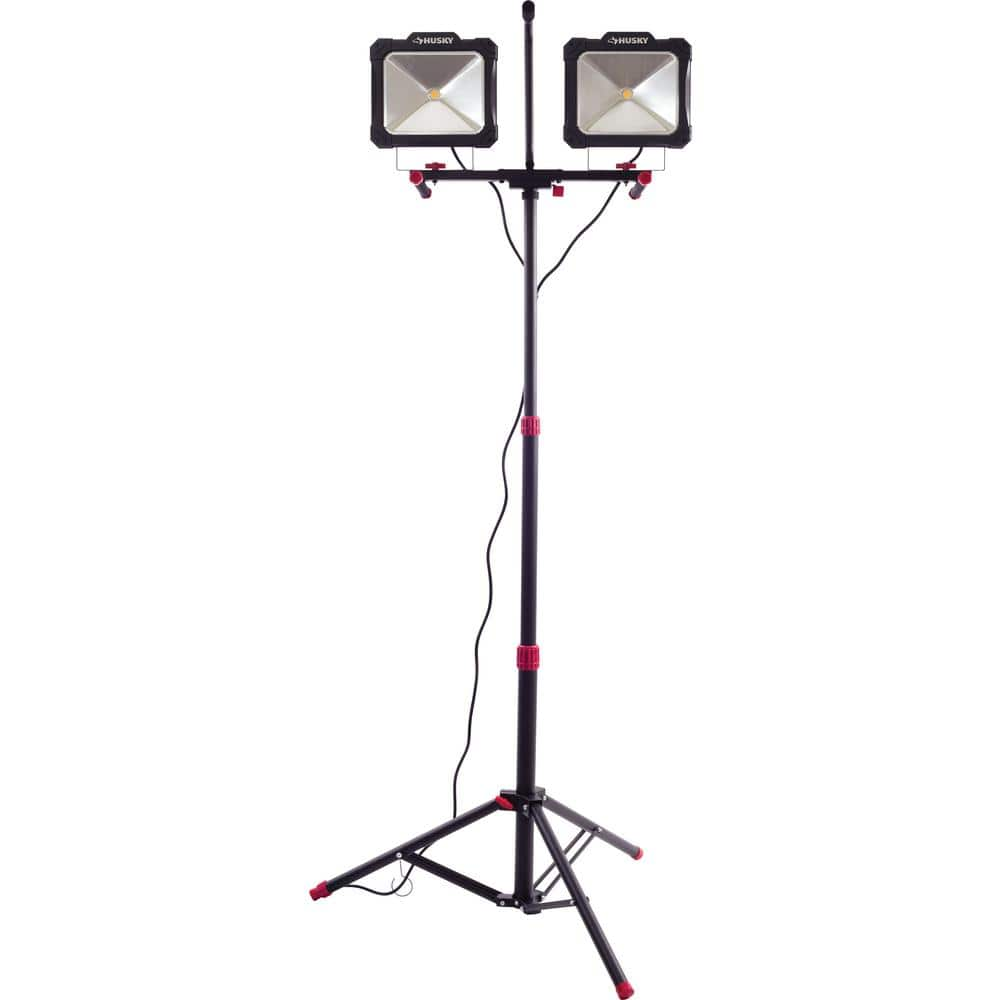
by Isela
Super easy to install, and works great on my patio.
by Chris
Easy installation and clear instructions. Super quiet running. Would buy again.
by Steve
The box says it is easy to install and it is it’s a good ceiling fan.
by David
Easier to install than other fans! Works easily and does the job. Great fan for the price!